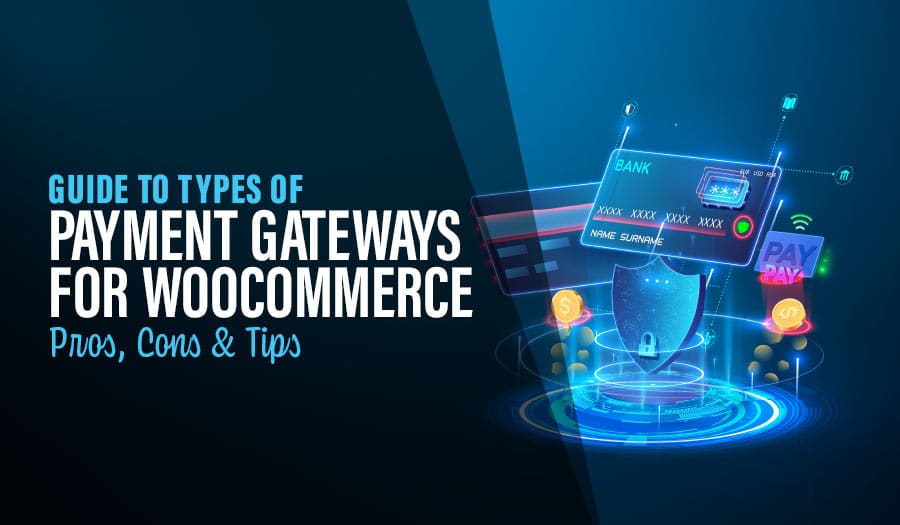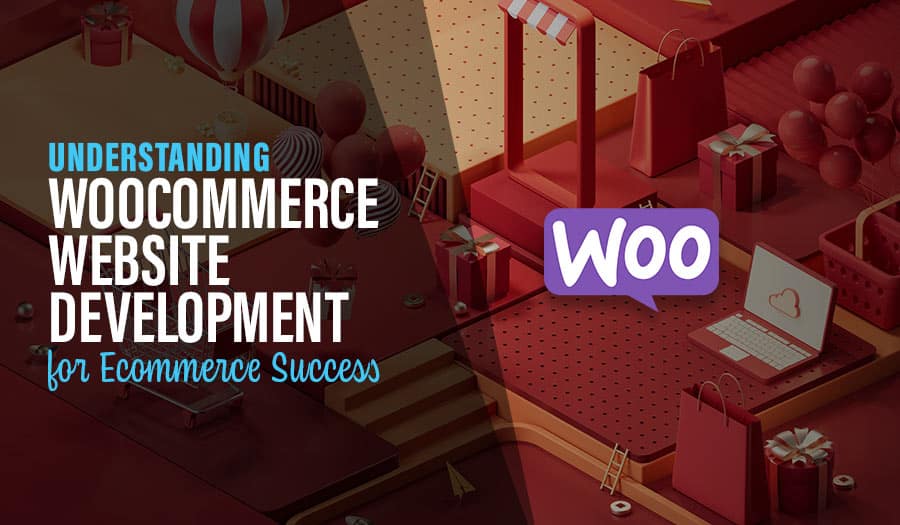It has literally never been easier to get an eCommerce store up and running than today. Even if you come to us with the simplest of ideas, we can have your entire store set up with your products in your customer’s hands within weeks. WooCommerce vs Magento: Which eCommerce Platform is Right for You?
But even with this, it’s not that simple. Developing a new eCommerce store is a delicate process that involves making several important decisions. And one of the biggest decisions you have to make as a new online store owner is this: Which eCommerce platform should I use to power my new business?
WooCommerce vs Magento
There are literally hundreds of different routes one can take. From ready-made templates to custom built frameworks and everything in between, choosing the platform that’s right for you and your business needs can seem like an overwhelming task.
But luck for you, we won’t ask you to choose between a thousand different platform options, just two. At the moment the most popular eCommerce platforms are WooCommerce and Magento, which make up around 40% of all eCommerce websites on the internet.
If you’re in the process of starting an online business, chances are these two powerhouse platforms are near the top of your list.
Similarities
First and foremost, both WooCommerce and Magento are open source products. This means no monthly subscription fees and no hidden costs. In addition, both original code can be used and changed in a manner that aligns with your company’s needs.
And because of the fact that popular open source products attract large communities, made up by other people willing to share their own free versions of the software, you can expect more than enough help from community members if you and your developer’s were to ever run into problems.
Both eCommerce platforms are robust, sleek and lightweight, allow store owners to add thousands of products, have unique features and excellent security.
Differences
WooCommerce
WooCommerce is a framework that is built on top of WordPress. It comes in the form of a WordPress plugin that can be quickly added to any site where WordPress is installed.
People who are already familiar with WordPress will find it incredibly easy to use WooCommerce. The downside is that you are limited to selling 2,500 products through WooCommerce, which for most store owners won’t be problem since 2,500 products requires a very large inventory.
WooCommerce is perfect for beginners and start-ups alike. A few key features that come with using WooCommerce for your online store:
- Add up to 2,500 products
- Create an unlimited number of categories for your products
- Able to sort categories by name, feature and even show off best-sellers
- Can be integrated with media rich snippets
- Very strong basic functionality
- Allows you to leverage the power and security of Wordpress
- Simple to set up, use and customise
Magento
Unlike WooCommerce, Magento is its own CMS and so it cannot be attached to Wordpress. Magento is more of a ‘out of the box’ platform that was built specifically for eCommerce store owners and comes with a variety of special functions and features.
Magento can be used to power everything from small mini stores to international corporations (Nike and Samsung are two that come to mind.) It runs well, looks fantastic, and is a terrific platform option for companies whose primary focus is on sales.
And while Magento’s interface is easy to use thanks to their large number of tutorial videos, its ease-of-use is greatly diminished when you want to expand its functionality by adding extensions.
Adding extensions to Magento powered websites requires hiring a web developers who specialises in Magento customisation. These guys aren’t exactly easy to find and they come at a stiff cost.
But again, Magento is an excellent CMS option for companies who are sell-oriented, thanks to a number of features like:
- The ability to easily cross-sell and up-sell products
- The product comparison and promotional discount features
- The ability to place multiple eCommerce stores into one clear-cut dashboard
Conclusion
Found your ideal eCommerce solution yet? If not, don’t worry, there’s no clear right or wrong choice. WooCommerce and Magento are both fantastic eCommerce platforms that will work well for nearly any business.
Here’s a quick rehash of the pro’s and con’s of both platforms.
- While Magneto allows you to sell more than 2,500 products, WooCommerce limits you to under 2,500. Magento also comes with a few product features that WooCommerce does not contain.
- WooCommerce is easier to use and modify, while Magento takes a steep learning curve. WooCommerce’s convenience is also a major contributor to its popularity. While Magento’s sole focus is on displaying products and increasing sales, WooCommerce can be readily equipped with different business focuses. The products are not everything, in other words.
Even though we stated above that there is no right or wrong answer, in our case we have to go with the platform that powers all our client’s websites: WooCommerce!
Need help adjusting to your new WooCommerce store? Does your online store need a few minor tweaks or a design overhaul? Feel free to contact us today for more information.
Take your online store business to the next level with a Pixel Fish Ecommerce Website.
Further Reading
What is Podcasting? 7 Ways Podcasting Can Benefit Your Business
8 Ways to Create Powerful Website Infographics
Top 10 Ideas to Promote Your Website Offline
How to Promote Your Website on Facebook and Drive Traffic
How to Best Optimise Your Website for a Google Featured Snippet



